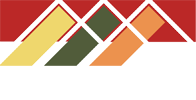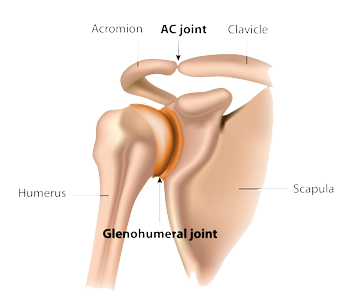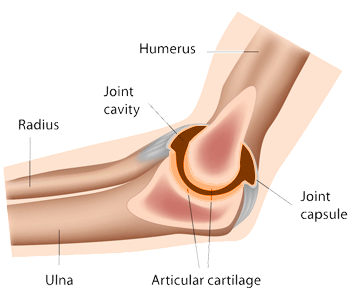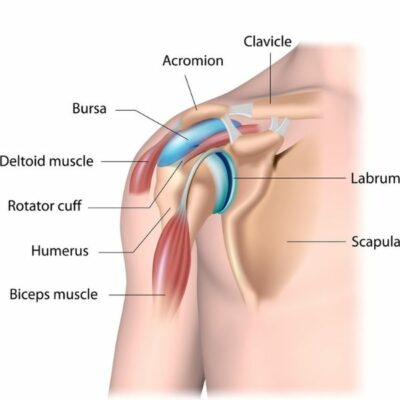Arthroscopic Labral Repair Surgeons
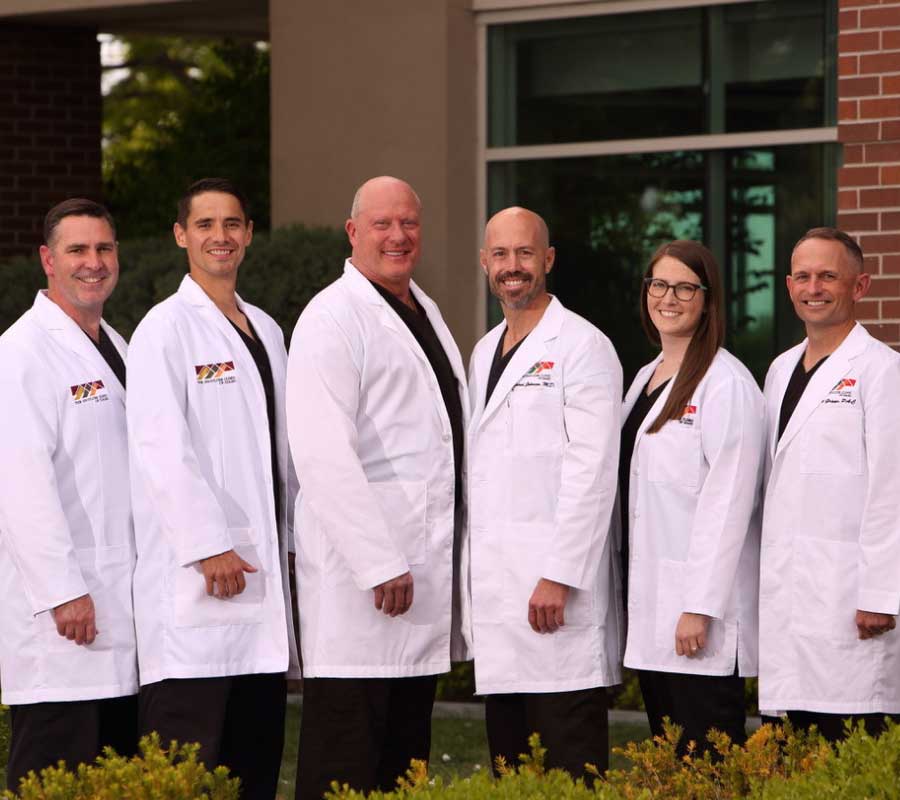
Have you sustained a labral tear, or are experiencing shoulder instability? The arthroscopic labral repair surgeons at Shoulder Clinic of Idaho provide diagnosis and both surgical and nonsurgical treatment options for patients in the Boise area who are suffering from shoulder instability due to a labral tear. Contact the Shoulder Clinic of Idaho team today!
What is a labrum and how does it affect shoulder instability?
A labrum is a protective cuff of cartilage found in ball and socket joints like the hip and shoulder. It helps stabilize the joint by deepening the socket of the shoulder which holds the humerus (upper arm bone) securely to the glenoid (socket.) It is this secure, yet flexible fit of the humerus within the glenoid, that permits the incredible range of motion of the shoulder joint. A tear in the labrum can cause weakness and instability within the shoulder joint.
This can lead to pain, limited range of motion and recurrent shoulder dislocations. The shoulder specialists at The Shoulder Clinic of Idaho, serving patients in Boise, Meridian, Nampa, and the surrounding communities of the Treasure Valley, have extensive experience in helping patients with shoulder pain, labral tears and shoulder instability.
What types of labral tears can occur?
The two most common types of labral tears are:
- SLAP tears – SLAP is the acronym for Superior Labrum Anterior and Posterior. This means the tear is located at the top of the shoulder socket and involves the attachment site of the biceps tendon.
- Bankart tears – Also called a Bankart lesions, typically occur with a shoulder dislocation; the head of the humerus either shifts toward the front of the body (anterior instability) or to the back of the body (posterior instability.)
Both types labral tears are usually accompanied by aching pain and difficulty performing normal shoulder movements and a sense of shoulder instability or loose shoulders. With Bankart tears, patients may feel apprehension that the shoulder may slip out of place or dislocate. Patients with SLAP tears may experience pain at the front of the shoulder near the biceps tendon.
How is an arthroscopic labral repair for shoulder instability performed?
A shoulder is considered “unstable” when it dislocates frequently or slips partially out of the joint – this is called a shoulder subluxation. When there is a labral tear, the shoulder can become painful and unstable. There is limited range of motion and patients are at a higher risk of dislocation. The specialists at The Shoulder Clinic of Idaho use new, arthroscopic surgical techniques to repair the torn labrum and restore shoulder instability.
During this procedure, the torn labrum is visualized with the use of an arthroscope, inserted through a small incision in the shoulder. The surgeon will clean up any scar tissue and rough edges of the labrum and prepare the bone of the socket (glenoid), then reattach the labrum to the bone. This is achieved with the use special implants called suture anchors. These anchors are made of different types of material (suture, metal, bioabsorbable material) and are inserted into the glenoid bone arthroscopically through small incisions. Each anchor has a suture that is used to reattach the labrum back to the bone. Multiple suture anchors are used to hold the labrum in place and to tighten the injured shoulder joint. The sutures hold the labrum permanently, however, to be successful and to avoid recurrence of a shoulder instability or labral tear problem, the labrum must heal directly to the bone of the socket (glenoid) in its normal position.
What happens after arthroscopic labral repair?
After an arthroscopic labral repair for shoulder instability, it is important to keep the shoulder immobile, in a sling, as determined by your surgeon at The Shoulder Clinic of Idaho. Patients in Boise, Meridian, Nampa and the surrounding communities of the Treasure Valley can expect to wear the sling for approximately 3-6 weeks. Pain medication will be prescribed and passive, range of motion exercises may begin. When the shoulder sling is removed, patients can begin active range of motion exercises of the shoulder and eventually, physical therapy with shoulder strengthening exercises. It is important that patients follow the shoulder rehabilitation protocol given by their doctor in order to achieve success with their arthroscopic labral repair for shoulder instability.
For additional information about arthroscopic labral repair for shoulder instability, or for a consultation about your shoulder pain symptoms, and instability, please contact The Shoulder Clinic of Idaho, serving Boise, Meridian, Nampa, and the surrounding communities of the Treasure Valley.
